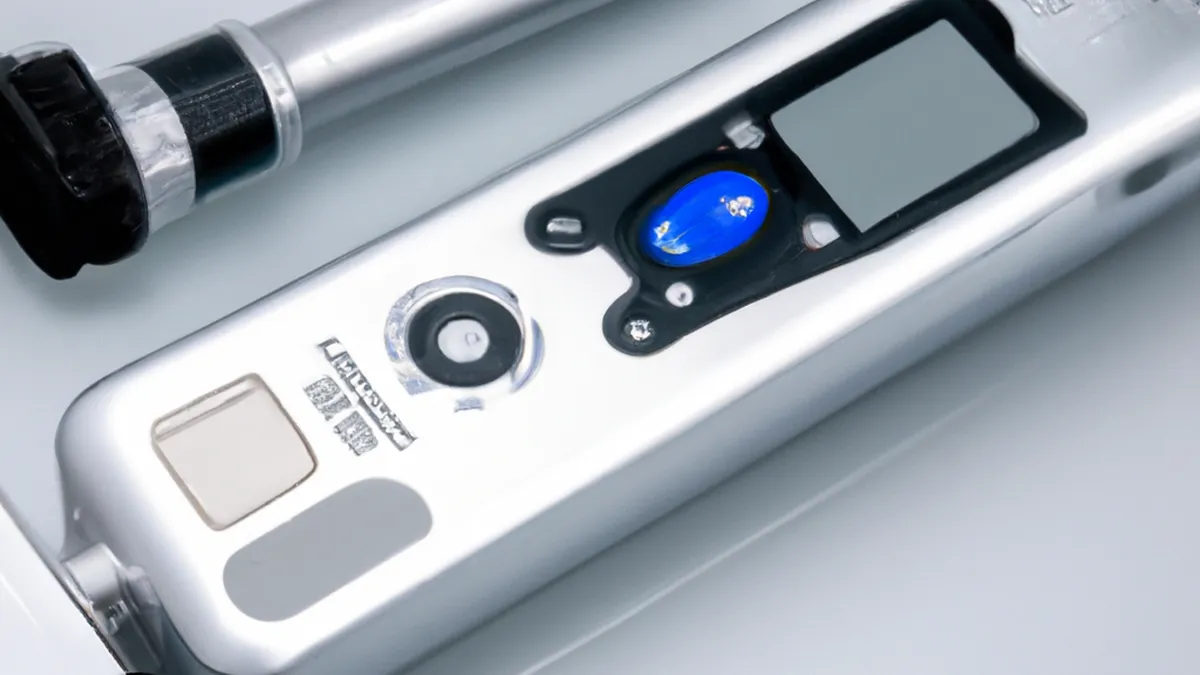EMG Biofeedback: Your Ally Against Stress
EMG Biofeedback for Stress Reduction: Mechanisms and Benefits
In today’s fast-paced world, stress permeates daily life. Work demands and personal responsibilities often overwhelm individuals. EMG biofeedback offers a promising method for stress reduction. This technique helps individuals control their physiological responses to stress, leading to improved well-being. This article explores how EMG biofeedback operates, its techniques, and its numerous benefits for managing stress.
Understanding EMG Biofeedback
Electromyography (EMG) biofeedback measures muscle activity using sensors on the skin’s surface. Stress often shows as muscle tension, leading to headaches and neck pain. EMG biofeedback provides real-time data about muscle tension. Individuals learn to consciously relax their muscles.
How EMG Works
EMG biofeedback starts with electrodes placed on specific muscle groups. These electrodes detect electrical signals from muscle contractions. A monitoring device displays visual or auditory signals indicating muscle tension levels. As participants practice relaxation techniques, they observe signal changes, highlighting the connection between their mental state and physical responses.
Techniques Used in EMG Biofeedback
During EMG biofeedback sessions, individuals learn various relaxation techniques that enhance their practice. Common techniques include:
1. **Deep Breathing Exercises**: Participants focus on slow, deep breaths to activate the body’s relaxation response. They synchronize their breathing with feedback, reducing muscle tension.
2. **Progressive Muscle Relaxation (PMR)**: This technique involves sequentially tensing and relaxing different muscle groups. Participants identify and release tension, aided by EMG feedback.
3. **Guided Imagery**: This technique encourages visualization of calming scenarios. EMG biofeedback shows how mental imagery affects muscle tension, reinforcing the mind-body connection.
4. **Mindfulness Meditation**: Mindfulness practices promote awareness of the present moment. EMG biofeedback allows individuals to see how mindfulness influences physiological stress responses.
Tips for Effective EMG Biofeedback Sessions
To maximize EMG biofeedback benefits, consider these tips:
1. **Choose a Comfortable Environment**: A quiet space without distractions facilitates focus on feedback and relaxation techniques.
2. **Practice Regularly**: Consistency is essential for long-term benefits. Aim for several sessions each week.
Conclusion
EMG biofeedback effectively reduces stress by helping individuals understand and control their physiological responses.
Below are related products based on this post:
FAQ
What is EMG biofeedback and how does it work?
EMG biofeedback is a technique that measures muscle activity through sensors placed on the skin’s surface. It helps individuals control their physiological responses to stress by providing real-time data about muscle tension, allowing them to learn how to consciously relax their muscles.
What techniques are commonly used during EMG biofeedback sessions?
Common techniques used in EMG biofeedback sessions include deep breathing exercises, progressive muscle relaxation (PMR), guided imagery, and mindfulness meditation. These techniques help individuals reduce muscle tension and enhance their relaxation practice by showing the connection between mental state and physical responses.
How can I maximize the benefits of EMG biofeedback?
To maximize the benefits of EMG biofeedback, it is important to choose a comfortable and quiet environment for your sessions, which allows for better focus. Additionally, practicing regularly, ideally several times a week, will help reinforce the techniques learned and promote long-term stress reduction.















Post Comment